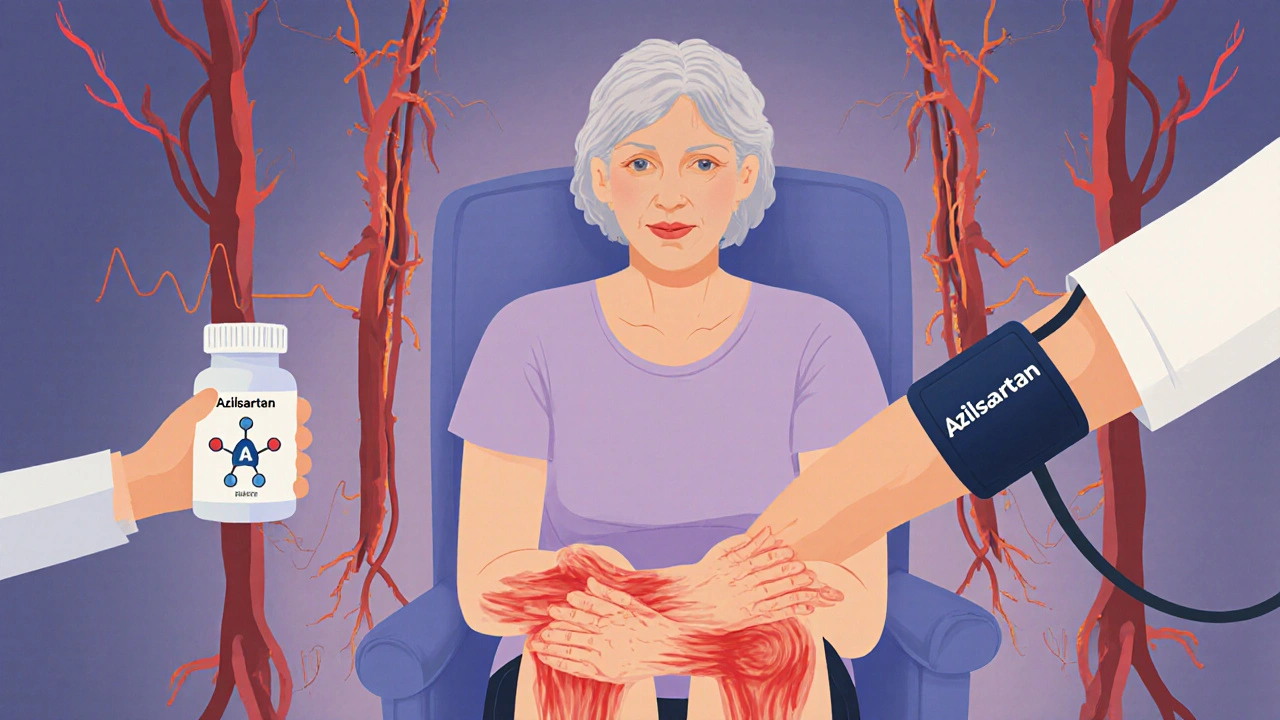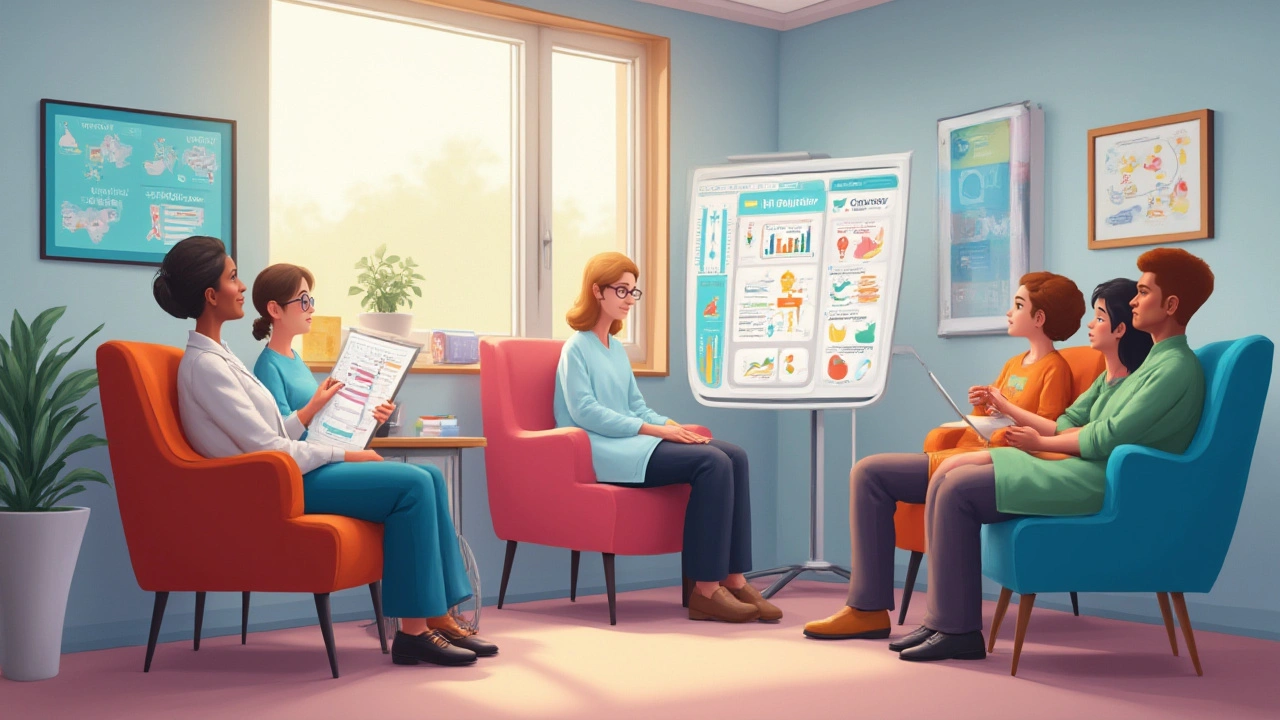Hypertension: What High Blood Pressure Means and What You Can Do
High blood pressure, or hypertension, often gives no clear symptoms. You can feel fine and still have damaging pressure on your heart and arteries. Knowing the numbers, simple checks, and practical steps makes a big difference — whether you’re trying to prevent hypertension or manage it now.
What the numbers mean and when to worry
Blood pressure has two numbers: systolic (top) and diastolic (bottom). Common categories used by doctors are:
- Normal: less than 120/80 mmHg.
- Elevated: 120–129 and under 80.
- Stage 1 hypertension: 130–139 or 80–89.
- Stage 2 hypertension: 140 or higher or 90 or higher.
If a reading is 180/120 or higher, treat it as a hypertensive crisis and seek urgent care. For most people, clinics aim for a target under 130/80, but targets can change based on age, other health problems, and your doctor’s advice.
Simple steps to check and lower your blood pressure
Measure correctly: sit quietly for five minutes, place the cuff at heart level, and avoid caffeine, smoking, or exercise right before. Take two readings one minute apart and use the average. A home monitor is useful — bring it to your clinic to check it reads accurately.
Lifestyle changes often lower blood pressure more than people expect. Try these practical moves:
- Cut sodium: aim for less than about 2,300 mg of sodium daily. Read labels and cut back on processed foods.
- Move more: 150 minutes of moderate exercise a week — brisk walking, cycling, or swimming — helps a lot.
- Lose weight if you’re overweight: even 5–10% weight loss can lower readings.
- Limit alcohol: men should stick to two drinks a day and women to one, or less if advised by a doctor.
- Manage stress, sleep well, and stop smoking. These habits affect pressure and heart health.
When lifestyle changes aren’t enough, doctors prescribe medicines. Common classes include ACE inhibitors, ARBs, calcium channel blockers, thiazide diuretics, and beta-blockers. Most people need only one or two pills. Stick to the schedule, and tell your doctor about side effects like cough, dizziness, or swelling — there are alternatives.
Keep regular follow-up: track your readings and share them with your clinician. If numbers rise suddenly, if you get chest pain, severe headache, confusion, or shortness of breath, get medical help right away.
Managing hypertension is mostly about steady habits and checking in with a clinician. Small, consistent changes — better diet, regular activity, accurate home readings, and the right medication when needed — add up to real protection for your heart and blood vessels. If you want, start with one change this week: check your blood pressure or cut back on salt, and build from there.


